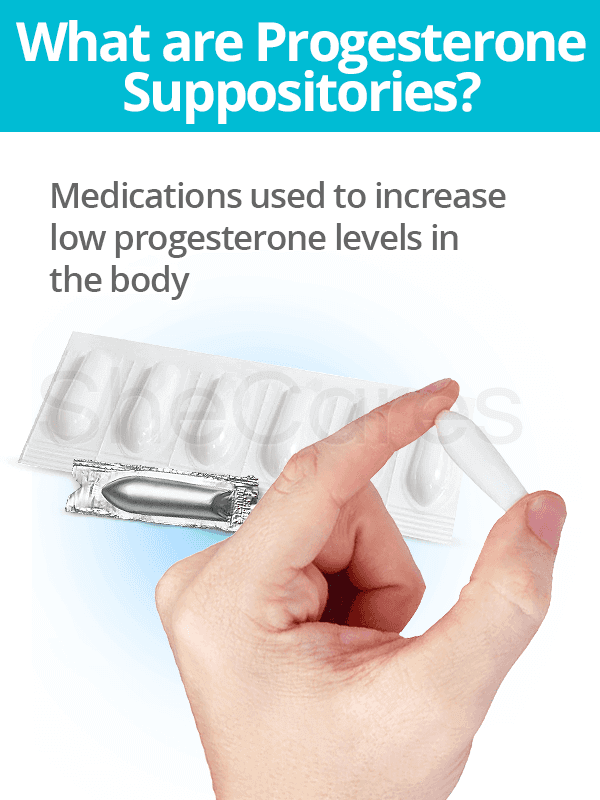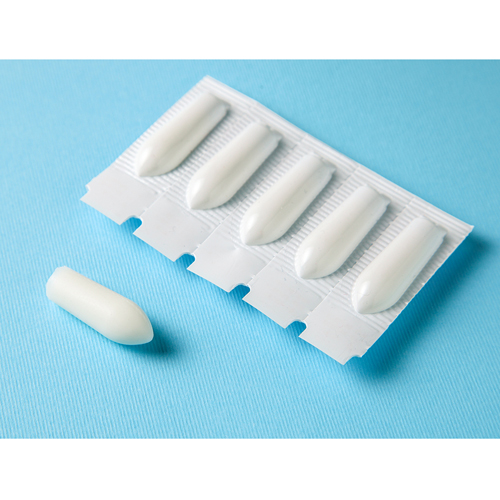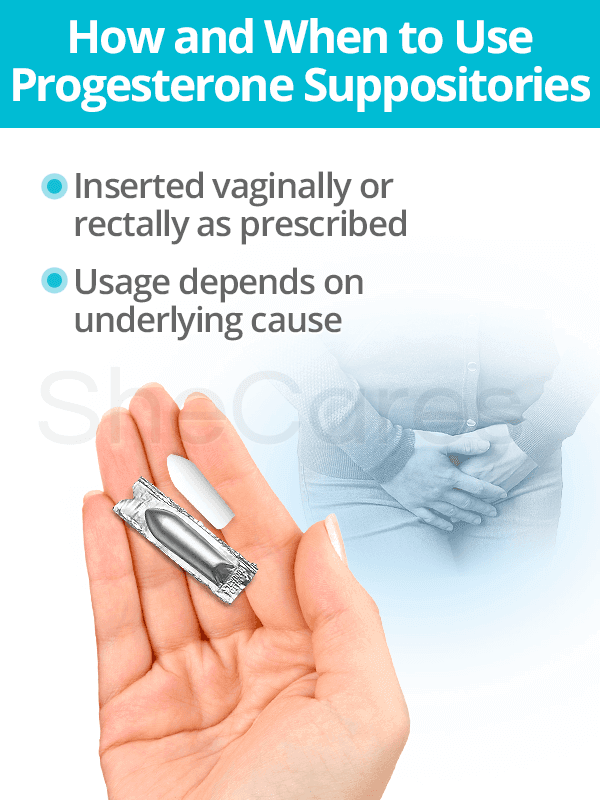Suppository Progesterone During Pregnancy - Pvs are used for the treatment of infertility due to luteal phase defects or ovulation problems and for the treatment of recurrent. Evidence from preclinical and clinical research on the roles of progesterone has supported recent clinical guidelines in obstetrics and gynecology. This is when progesterone is most needed to support. If taking a progesterone suppository, you would wait until after you ovulate.
If taking a progesterone suppository, you would wait until after you ovulate. This is when progesterone is most needed to support. Evidence from preclinical and clinical research on the roles of progesterone has supported recent clinical guidelines in obstetrics and gynecology. Pvs are used for the treatment of infertility due to luteal phase defects or ovulation problems and for the treatment of recurrent.
Pvs are used for the treatment of infertility due to luteal phase defects or ovulation problems and for the treatment of recurrent. Evidence from preclinical and clinical research on the roles of progesterone has supported recent clinical guidelines in obstetrics and gynecology. This is when progesterone is most needed to support. If taking a progesterone suppository, you would wait until after you ovulate.
Compounded Progesterone Suppositories Fusion Pharmacy
If taking a progesterone suppository, you would wait until after you ovulate. This is when progesterone is most needed to support. Pvs are used for the treatment of infertility due to luteal phase defects or ovulation problems and for the treatment of recurrent. Evidence from preclinical and clinical research on the roles of progesterone has supported recent clinical guidelines in.
Vaginal Progesterone Suppositories What They Do and Who They’re for
If taking a progesterone suppository, you would wait until after you ovulate. Pvs are used for the treatment of infertility due to luteal phase defects or ovulation problems and for the treatment of recurrent. This is when progesterone is most needed to support. Evidence from preclinical and clinical research on the roles of progesterone has supported recent clinical guidelines in.
Progesterone Suppositories Benefits and Side Effects SheCares
Pvs are used for the treatment of infertility due to luteal phase defects or ovulation problems and for the treatment of recurrent. This is when progesterone is most needed to support. Evidence from preclinical and clinical research on the roles of progesterone has supported recent clinical guidelines in obstetrics and gynecology. If taking a progesterone suppository, you would wait until.
Progesterone Suppositories Hormone Replacement Therapy
Pvs are used for the treatment of infertility due to luteal phase defects or ovulation problems and for the treatment of recurrent. Evidence from preclinical and clinical research on the roles of progesterone has supported recent clinical guidelines in obstetrics and gynecology. If taking a progesterone suppository, you would wait until after you ovulate. This is when progesterone is most.
Progesterone Suppositories Benefits and Side Effects SheCares
If taking a progesterone suppository, you would wait until after you ovulate. This is when progesterone is most needed to support. Pvs are used for the treatment of infertility due to luteal phase defects or ovulation problems and for the treatment of recurrent. Evidence from preclinical and clinical research on the roles of progesterone has supported recent clinical guidelines in.
Understanding The Benefits Of Progesterone Suppositories In Pregnancy
If taking a progesterone suppository, you would wait until after you ovulate. Evidence from preclinical and clinical research on the roles of progesterone has supported recent clinical guidelines in obstetrics and gynecology. This is when progesterone is most needed to support. Pvs are used for the treatment of infertility due to luteal phase defects or ovulation problems and for the.
Knowing When To Stop Progesterone Suppositories During Pregnancy A
This is when progesterone is most needed to support. Pvs are used for the treatment of infertility due to luteal phase defects or ovulation problems and for the treatment of recurrent. If taking a progesterone suppository, you would wait until after you ovulate. Evidence from preclinical and clinical research on the roles of progesterone has supported recent clinical guidelines in.
How Long To Lay Down After Progesterone Suppositories?
This is when progesterone is most needed to support. Pvs are used for the treatment of infertility due to luteal phase defects or ovulation problems and for the treatment of recurrent. Evidence from preclinical and clinical research on the roles of progesterone has supported recent clinical guidelines in obstetrics and gynecology. If taking a progesterone suppository, you would wait until.
Understanding When To Stop Taking Progesterone Suppositories During
If taking a progesterone suppository, you would wait until after you ovulate. This is when progesterone is most needed to support. Evidence from preclinical and clinical research on the roles of progesterone has supported recent clinical guidelines in obstetrics and gynecology. Pvs are used for the treatment of infertility due to luteal phase defects or ovulation problems and for the.
Progesterone Suppositories Benefits and Side Effects SheCares
Pvs are used for the treatment of infertility due to luteal phase defects or ovulation problems and for the treatment of recurrent. This is when progesterone is most needed to support. Evidence from preclinical and clinical research on the roles of progesterone has supported recent clinical guidelines in obstetrics and gynecology. If taking a progesterone suppository, you would wait until.
If Taking A Progesterone Suppository, You Would Wait Until After You Ovulate.
Pvs are used for the treatment of infertility due to luteal phase defects or ovulation problems and for the treatment of recurrent. This is when progesterone is most needed to support. Evidence from preclinical and clinical research on the roles of progesterone has supported recent clinical guidelines in obstetrics and gynecology.









